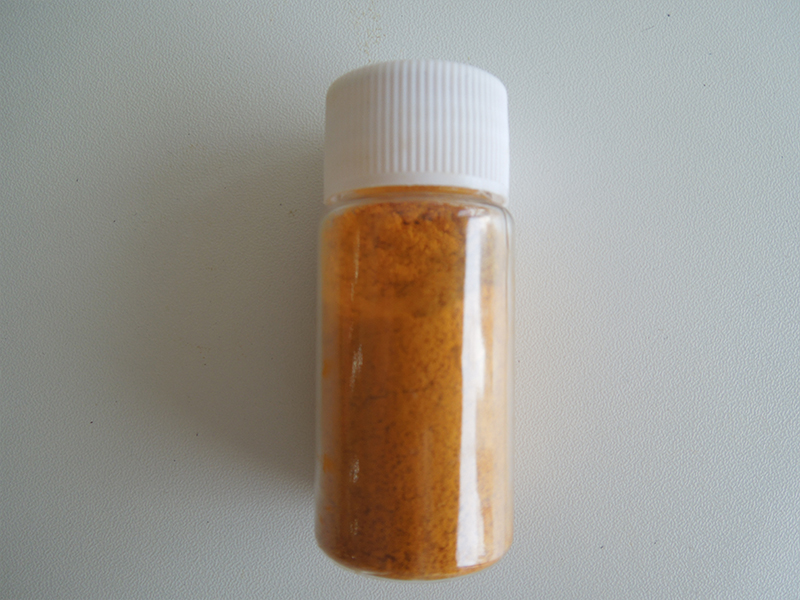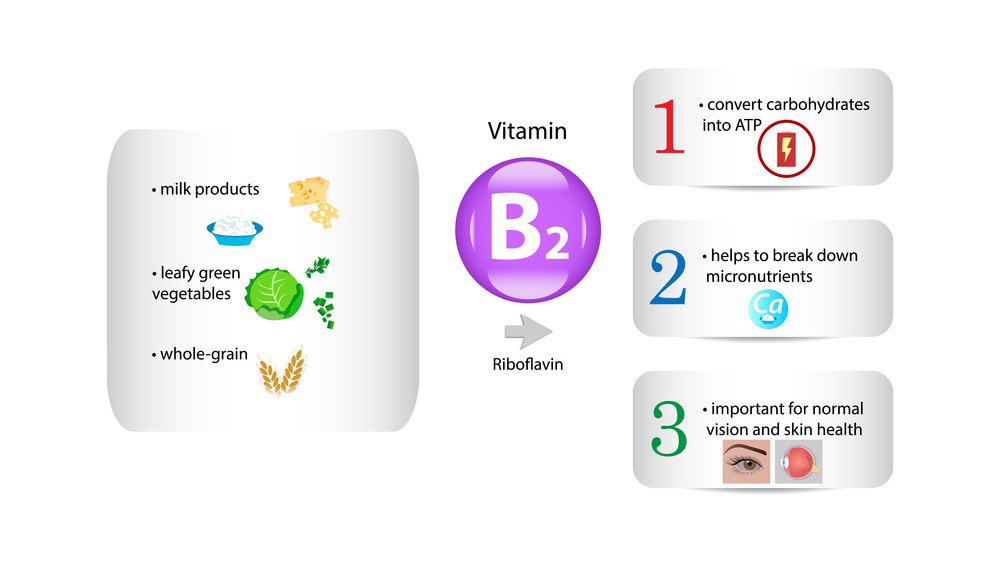Riboflavin, also known as vitamin B2, plays a crucial role in various biological processes, especially in energy production and cellular function. Here’s an outline of typical methods used for its study and analysis:
Extraction and Quantification Methods
1.Sample Preparation:
Food Sources: Riboflavin can be extracted from various food sources using methods like homogenization or extraction with suitable solvents.
Biological Samples: For biological samples (e.g., blood, tissues), extraction involves techniques like protein precipitation or organic solvent extraction.

2.Quantification:
Spectrophotometric Methods: Riboflavin absorbs light maximally at a wavelength of around 445 nm. UV-visible spectrophotometry is commonly used to quantify riboflavin in samples.
Fluorometric Methods: Riboflavin can also be quantified using fluorescence detection, which is more sensitive than spectrophotometry.
Analysis Techniques
1.High-Performance Liquid Chromatography (HPLC):
Reverse-Phase HPLC: This method separates riboflavin from other compounds based on differences in hydrophobicity. It’s often coupled with UV detection for quantitative analysis.
2.Capillary Electrophoresis (CE):
CE with UV Detection: Capillary electrophoresis separates riboflavin based on charge-to-size ratio and can be coupled with UV detection for quantification.
Bioassays and Functional Assays
1.Microbiological Assays: Riboflavin is essential for the growth of certain microorganisms, such as Lactobacillus casei. Growth-based assays can indirectly measure riboflavin content in samples.
2.Cell-Based Assays: Assays using cells that depend on riboflavin for growth and metabolism can assess riboflavin content or its effects on cellular functions.

Other Methods
1.Mass Spectrometry (MS): MS techniques, such as LC-MS or GC-MS, can provide structural information and quantify riboflavin with high sensitivity and specificity.
2.Enzymatic Assays: Enzymatic methods utilize riboflavin-binding proteins (e.g., apoflavodoxin) to quantify riboflavin levels based on enzymatic activity or fluorescence changes.
Conclusion
The choice of method depends on factors like sample type, required sensitivity, and available equipment. Combining different techniques can provide complementary data for comprehensive riboflavin analysis in various matrices, contributing to nutritional and biomedical research.
